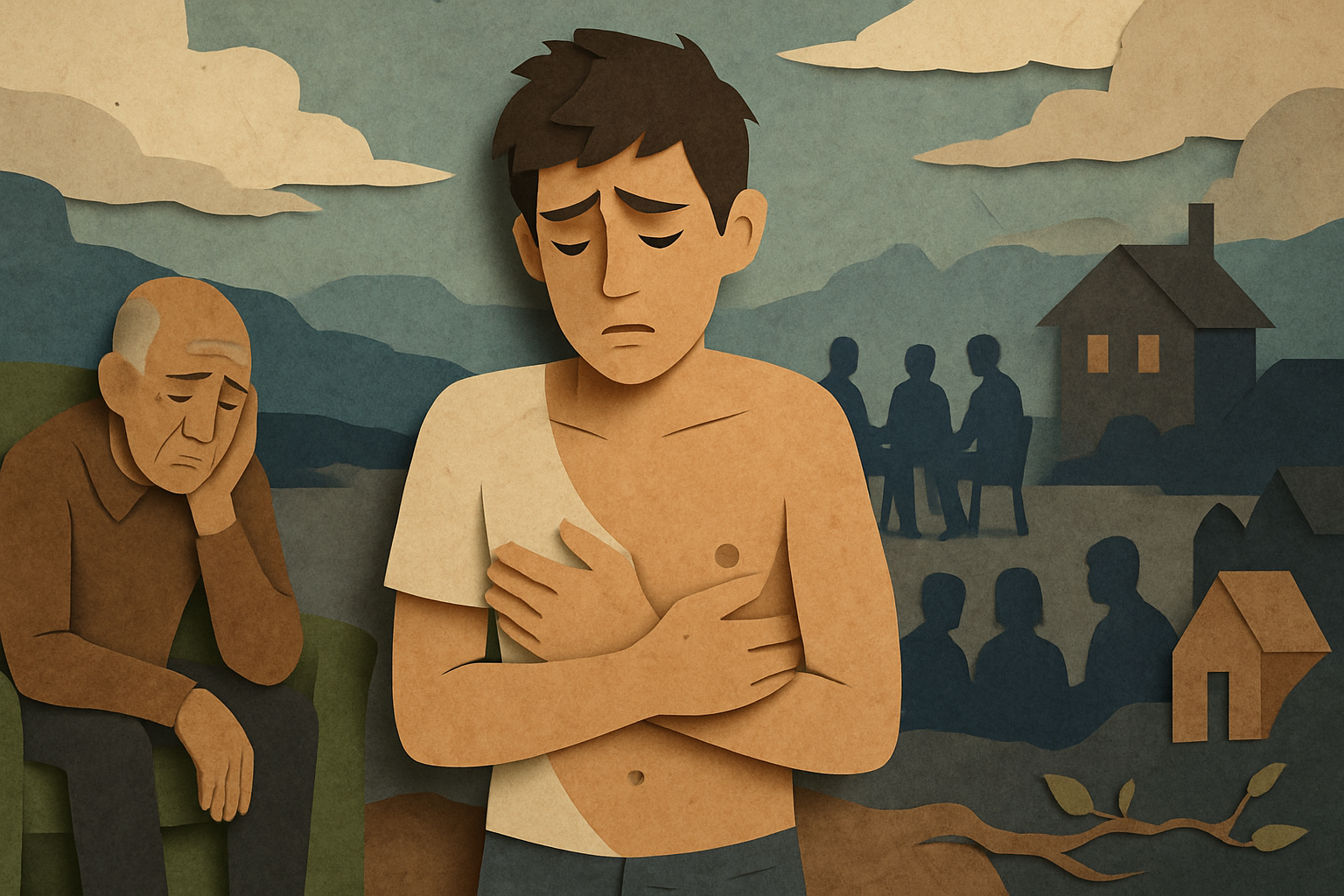“Only the lonely, Know the heartaches I’ve been through-Only the lonely-Know I cry and cry for you.”
(Roy Orbison “Only the Lonely” lyrics)
Loneliness drives escapism. In an unsettled world there are a million different reasons to want to avoid reality. Traumatic experiences in home life can trigger the desire to travel anywhere but home to escape further stress and psychological harm. More than 15 million Americans suffer loneliness attributed to major clinical depression. Many will do anything to escape the dregs of emptiness, loneliness and anxiety that come with it. However, a temporary new environment is not the cure. Often, when this form of escape through travel is done impulsively, there’s a greater likelihood that symptoms will rebound or return even stronger than before. Lonely older adults are twice as likely to be prescribed an antidepressant compared to adults reporting no loneliness (27% vs 14%). This indicates that medication alone is not a cure to the challenge of loneliness.
Most addicts suffer from loneliness. For many, home was disastrous, chaotic, totally abusive and unsafe. People need to belong, experience sanctuary and be treated with dignity and respect. Addicts run from the fear that if they slow down they will have to face the anxiety and terror of coming home to themselves. The experience is devastating. For those who do not come to terms with loneliness, it is a shadow that follows and never releases its grip. Addicts in recovery must learn to manage the experience of loneliness. It is a major trigger for relapse. Here are a few considerations to help you work with this common malady that affects everyone.
1. Practice coming home to yourself: Addicts learn to lose themselves with busyness and activities that distract from the discomfort of anxiety and other difficult emotions. Thich Nat Hanh stated that sitting is an act of revolution. In the presence of the urge to rush and be active, it is counterintuitive to sit with your feelings. However, sitting with your feelings will cultivate awareness. It helps to separate your thoughts and emotions from your true nature. As some say, sitting helps you to see your true nature to be like the sky and your feelings and thoughts to be like the clouds that come and go away. Coming home to yourself is a way of connecting with yourself and accepting what is.
2. Quiet the clamor and clutter by putting away your electronic devices for a definite period of time each day. It has been said that in America, the average person spends 7 hours looking at a screen each day. Your computer and cell phone distract you from being connected with yourself. You would think social media would help you to connect with others. However, it is an illusion that social media helps you to connect with others when you do not connect with yourself. Technology does not help reduce loneliness. Take time each day to turn off your phone and all other technology each day to cultivate conscious awareness. Make it a deliberate act.
3. Connect with the here and now. Distractions keep you from being present. You might be doing something important but your mind is somewhere else. People go through their life distracted without being connected to the present moment. Poet T.S. Eliot penned “we shall not cease from exploration, and the end of all our exploring will be to arrive where we started and know the place for the first time”. Many people will never experience this reality in reflection because they don’t know how to connect to the present moment. Don’t allow yourself to live a life of distraction from the here and now.
4. Go Inside. Loneliness is about feeling disconnected from others. You won’t connect with others until you connect with yourself. Becoming a social butterfly can make you popular with many acquaintances. Yet, you can be lonely in a crowd of people. Loneliness will disappear when you go inside. Learn to become an island to yourself. Buddhists teach that you go inside yourself through the in-breath and the out-breath. Hahn says that you tidy your home within by going inside. This is where you calm your spirit and connect with yourself. It all begins by cultivating a lifestyle of going inside.
5. Make peace with your loneliness. There is a wounded child within each of us that needs to be recognized and embraced. Loneliness is magnified when you busy yourself with activity and neglect the pool of pain that exists within you. People try to minimize this pain by comparing their life experience with others. This only isolates the wounded child and intensifies loneliness. Coming home requires that you focus on healing your wounded child.
6. Liberate yourself from the prisons of the past. Addicts live with a vacuum inside that makes them uncomfortable connecting with others. Their wounded child has been betrayed and let down by others. They don’t trust themselves or others. Dominating their brain are mistaken beliefs that keep them inside an emotional prison. Liberation requires an act of daily forgiveness which simply means that you will not hold this egregious destructive behavior against yourself any longer. Every day you come home to yourself and make this agreement. You then walk away from destructive behavior and embrace healing and practice being helpful to others. Addicts who choose to live this way liberate themselves from loneliness effectively. They learn to use their eyes to look at others with compassion and eliminate criticism.





